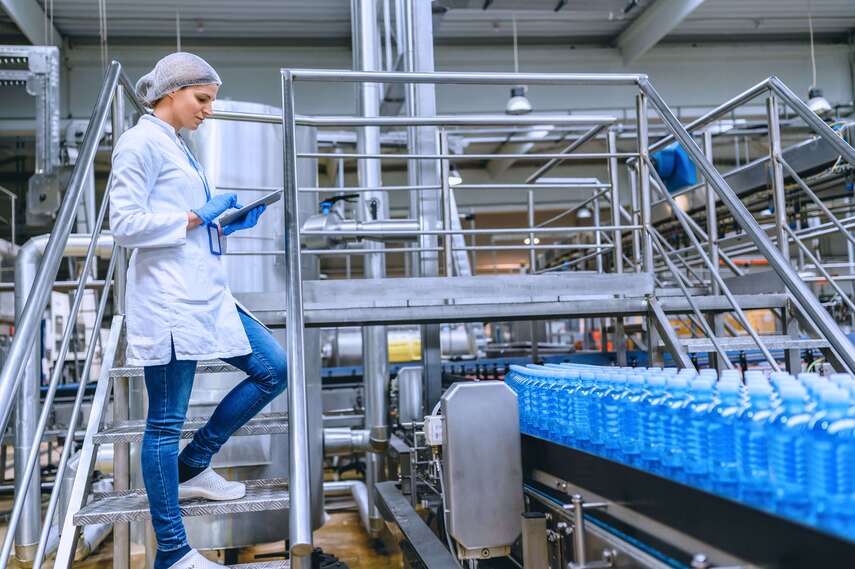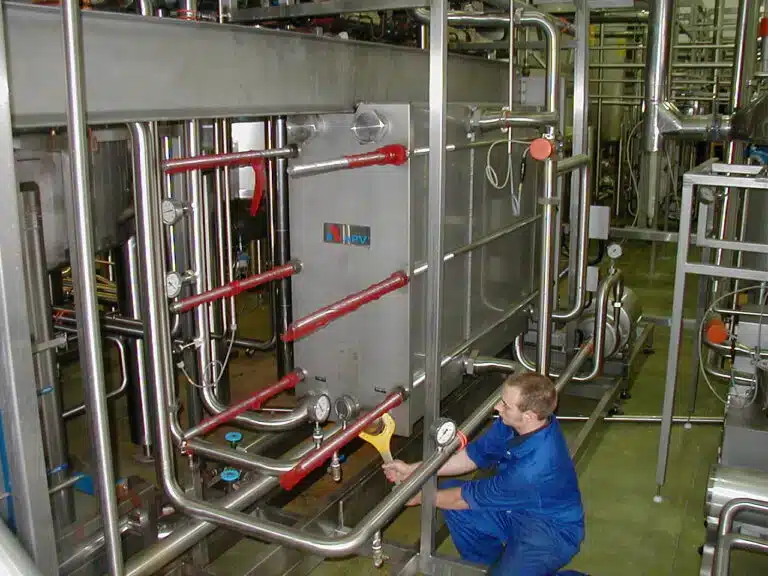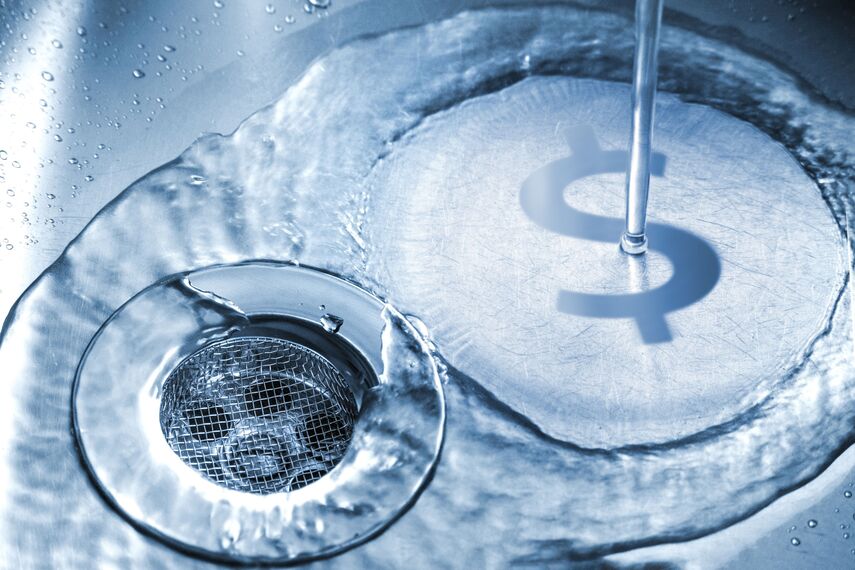We know process efficiency is critical to the bottom line for food, dairy and beverage processors who operate on tight margins and adhere to stringent processing schedules to meet consumer demands. Incorporating optical sensors into an existing process to measure turbidity can increase throughput, eliminate product waste, decrease waste handling charges and improve product quality.
What is Turbidity?
In simple terms, turbidity is an optical measurement of the level of clarity or haziness of a liquid. Imagine you have a glass of clean water. Now imagine what that glass of water would look like if you started adding drops of milk into the water. Eventually the transparent water would become hazy. The more drops of milk added to the glass of water, the higher the turbidity measurement is.
By precisely measuring turbidity through the incorporation of optical or turbidity sensors, processors can tap into endless potential savings.
- Eliminate product loss during product transitions
- Significantly decrease Biological or Biochemical Oxygen Demand (BOD) charges for wastewater treatment
- Reduce the time needed for cleaning and CIP cycles
- Increase product quality and consistency
- Boost efficiency, throughput and yield
What is an Optical Sensor?
There are different types of optical sensors with different levels of accuracy and repeatability. While they all have distinct features, they share the same principle of operation. The purpose of turbidity sensors is to shine a light through the measured product and to detect the amount of light that was scattered by solids (milk fat for example) in a liquid. As the turbidity level increases, so does the amount of light that is scattered.
Types of Turbidity Sensors
Turbidity or optical sensors can be flow through, probe, or flush mount.
- The flow through sensors have a stainless steel body with windows on either side of the body. A light source is connected to one window and a photosensitive diode on the other side.
- The probe style would connect to the product line with a Tri-Clamp fitting for example (similar to the way a probe style temperature sensor would be installed). There is still a light source and photosensitive diode, but this is now all self-contained inside of the probe itself and the light does not travel all the way through the entire pipe, only a small portion of the product is measured.
- Flush mount sensors are different in the fact that they bounce their light source off the back side of the pipe and then it reflects back to the sensor.
Turbidity Sensor Placement for High Impact Results
The use and placement of turbidity sensors depends on multiple factors. However, one of the most common and impactful places to install these sensors is anywhere water-to-product and product-to-water transitions happen. Processors have long relied on flawed visual observation or timed methods to signal transitions.
- As the product begins to mix with the water, you can see the discharge become cloudy but it is difficult to know when to make the switch and close the drain valve based on the limitation of the human eye.
- Relying solely on the timer method for this process but this could mean dumping many gallons of good product down the drain.
By replacing traditional methods of transition with turbidity sensors, processors can cut waste and increase efficiency from day one. The use of optical sensors for these transitions is what Masterleo refers to as a SmartSwitch application.
Is a Turbidity Sensor Right for My Process?
If your processing facility has an initiative to reduce product shrinkage, decrease BOD charges or improve product quality and standardization, then turbidity sensors may be right for you. Turbidity sensors are commonly found in dairy, food, beverage, brewery and pharmaceutical manufacturing and serve in a variety of applications.
Although turbidity sensors have been around for a while, they are still considered a relatively new technology. Many food, beverage and dairy manufacturing facilities across the US were built long before turbidity sensors were available and they may not use turbidity measurement anywhere throughout the facility currently. A common misconception is that turbidity measurement is not a good fit or necessary because it has not been used before. In actuality, older manufacturing facilities are often the ones that would benefit from turbidity sensors the most.
Consider Turbidity Sensor ROI, Not Just Cost
When considering turbidity sensors it’s important to take into account long term ROI and not just upfront costs. Some turbidity sensor solutions on the market have a high price tag, but often pay for themselves over a short period of time and then begin to add to the bottom line year after year.
Each sensor type and application has pros and cons, so it is important to find the right combination of products and place them strategically to maximize ROI. Masterleo can recommend the right solution for each application.


